Pando Tree
- November 16, 2023
- 0 comment
The Pando Tree, scientifically known as Populus tremuloides, is a remarkable and unique organism that captures the imagination with its extraordinary growth pattern. Often referred to as the “trembling giant” or “trembling aspen,” Pando is not a traditional individual tree but rather a clonal colony connected by a single root system.

Located in the Fishlake National Forest in Utah, USA, Pando covers approximately 106 acres and is considered one of the oldest and heaviest living organisms on Earth. What makes Pando truly fascinating is its interconnected root system, which has allowed the colony to persist for thousands of years. Each tree in the colony is genetically identical, originating from a single parent tree, and they all share nutrients and resources through the expansive underground network.
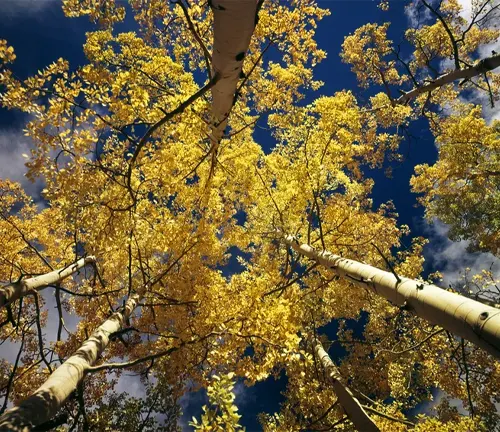
While Pando’s above-ground trees may appear as separate entities, their unity beneath the surface makes them a symbol of resilience and interconnectedness in the natural world. Unfortunately, Pando faces challenges, including human activities, grazing by animals, and a lack of regeneration due to factors such as fire suppression. Conservation efforts are underway to preserve and protect this ancient and unique organism, highlighting the importance of understanding and safeguarding Earth’s natural wonders.
| Characteristic | Description |
|---|---|
| Scientific Name | Populus tremuloides |
| Common Names | Pando Tree, Trembling Giant, Trembling Aspen |
| Location | Fishlake National Forest, Utah, USA |
| Size | Approximately 106 acres |
| Growth Pattern | Clonal colony with interconnected root system |
| Age | Estimated to be thousands of years old |
| Genetic Identity | All trees in the colony are genetically identical |
| Notable Feature | One of the oldest and heaviest living organisms on Earth |
| Conservation Status | Faces challenges such as human activities, animal grazing, and lack of regeneration |
| Symbolism | Represents resilience and interconnectedness in the natural world |
| Conservation Efforts | Ongoing efforts to preserve and protect Pando |
Botanical Beauty of Pando Tree
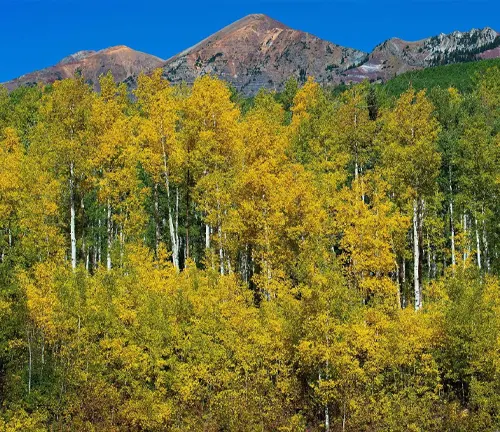
The Pando Tree, scientifically known as Populus tremuloides, stands as a botanical marvel, captivating enthusiasts and nature lovers alike. Its slender, white-trunked elegance and distinctive heart-shaped leaves contribute to a visual spectacle that defines the beauty of woodlands in the Fishlake National Forest of Utah, USA. The allure of Pando lies not only in its aesthetic charm but also in the remarkable biology that sets it apart as a clonal colony with a shared root system.
Woodland Elegance
As the sun filters through the quivering leaves of Pando, a sense of woodland elegance permeates the air. The trembling giant, also known as the trembling aspen, exhibits a unique growth pattern, with its genetic clones creating a cohesive tapestry that sways in unison. The delicate rustling of leaves in the breeze contributes to the symphony of nature, making a stroll through a Pando grove a sensory experience that transcends the visual.
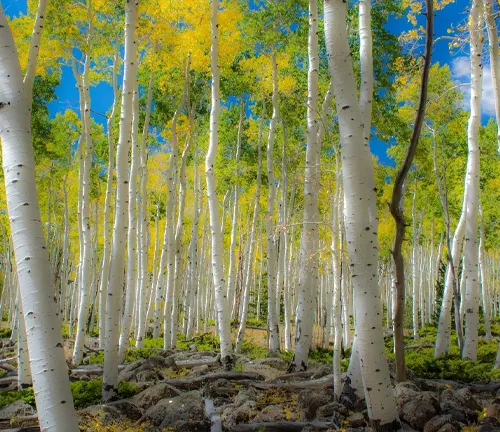
Ecological Importance
Pando’s ecological significance extends far beyond its visual appeal. The interconnected root system that unites this clonal colony allows for the efficient sharing of nutrients, creating a resilient organism that has withstood the test of time. Its presence in the ecosystem influences biodiversity, providing habitat and sustenance for various wildlife. Pando’s ability to withstand environmental challenges makes it a symbol of nature’s adaptability and interdependence.
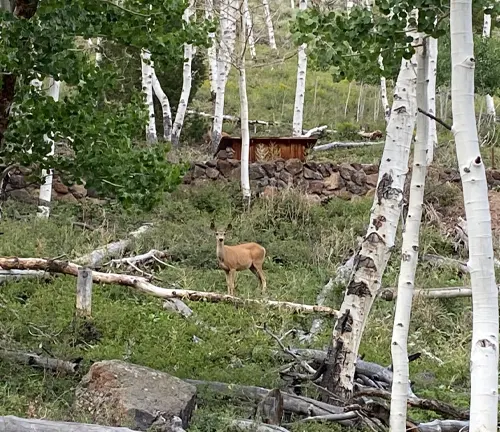
Cultivation and Conservation
Cultivating and conserving Pando presents a unique set of challenges and responsibilities. Efforts are underway to understand and preserve this ancient organism, combating threats such as human activities, animal grazing, and the suppression of natural fires. Conservation initiatives aim not only to protect Pando but also to educate and raise awareness about the delicate balance required to sustain such extraordinary clonal colonies.
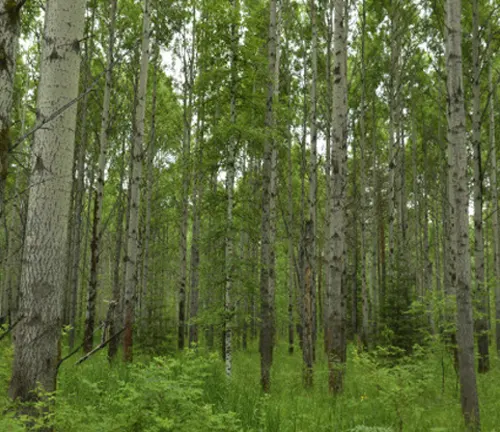
Fragrance
Beyond its visual and ecological impact, Pando surprises the senses with a subtle fragrance. The aroma of the trembling aspen leaves adds another layer to the immersive experience of wandering through a Pando grove. The delicate scent, carried by the breeze, enhances the overall sensory richness of this natural wonder, leaving an indelible mark on those who encounter it.
Soil Stabilization
Pando goes beyond being a symbol of beauty; it plays a crucial role in soil stabilization. The expansive root system not only binds the trees together but also prevents soil erosion, making it a valuable ally in maintaining the integrity of the ecosystem. This contribution to soil stability underscores the practical importance of Pando in sustaining the health of the surrounding environment.
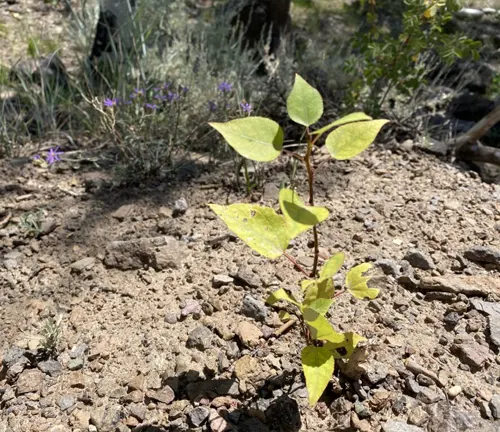
Common Uses
While Pando is primarily admired for its aesthetic and ecological qualities, it also has practical uses. Historically, indigenous communities utilized various parts of the trembling aspen for crafting tools, baskets, and even shelters. Understanding the historical significance and practical applications of Pando enhances our appreciation for the intricate relationship between human cultures and the natural world.

Benefits
The benefits of preserving Pando extend beyond its immediate environment. The conservation of this clonal colony contributes to the larger global effort to protect biodiversity, promote sustainable ecosystems, and raise awareness about the delicate balance required to maintain the health of our planet. By safeguarding Pando, we invest in the well-being of our natural world and the generations that will inherit its legacy.
Different Species
Quaking Aspen
(Populus tremuloides)
The species that comprises the Pando Tree, known for its distinctive leaves that flutter or “quake” in the slightest breeze.
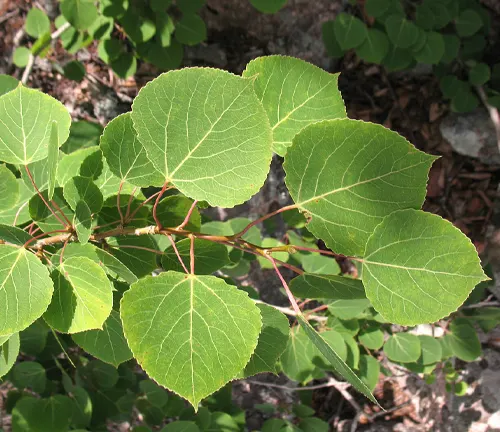
Bigtooth Aspen
(Populus grandidentata)
Found in eastern North America, this species is similar to quaking aspen but has larger teeth on its leaves.
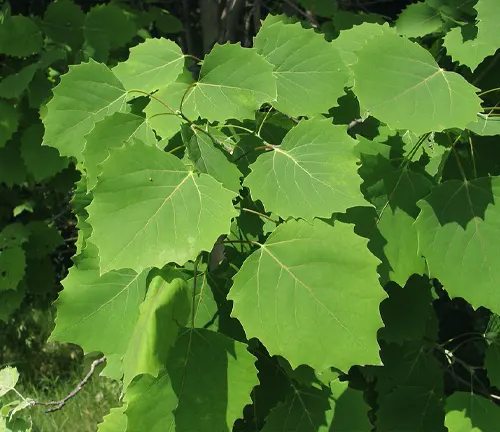
European Aspen
(Populus tremula)
Native to Europe and parts of Asia, this aspen species is closely related to the quaking aspen and shares similar trembling leaves.
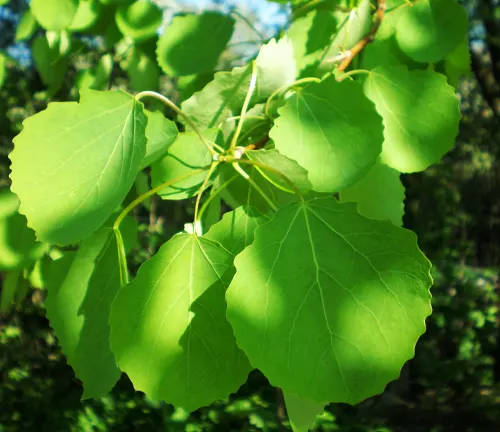
Narrowleaf Cottonwood
(Populus angustifolia)
While not technically an aspen, this North American tree is part of the same Populus genus and shares some visual similarities.
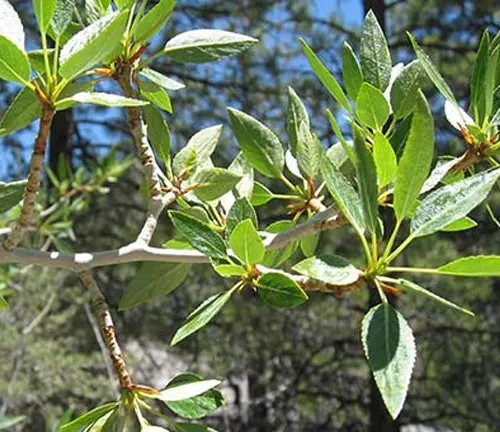
Balsam Poplar
(Populus balsamifera)
Found in North America, this tree is part of the same genus as aspens and is known for its resinous buds.
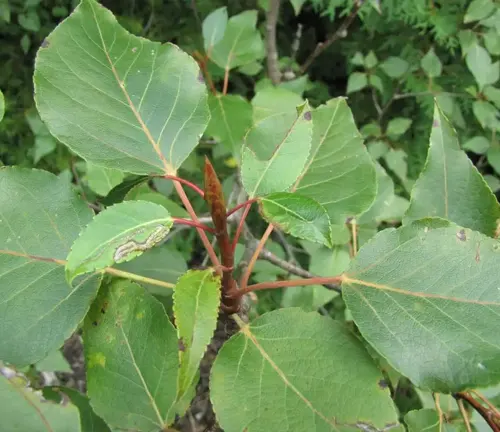
Frequently Asked Questions (FAQs)
- What is Pando Tree?
Pando Tree refers to a clonal colony of quaking aspen trees (Populus tremuloides) in Fishlake National Forest, Utah. It is often called the “trembling giant” due to its unique growth pattern. - How old is Pando?
Pando is estimated to be thousands of years old, making it one of the oldest living organisms on Earth. - What makes Pando unique?
Pando is unique because it is not a stand-alone tree but a clonal colony, with genetically identical trees connected by a single root system. - Where is Pando located?
Pando is located in the Fishlake National Forest in Utah, USA, covering approximately 106 acres. - Why is it called the “trembling giant”?
The name comes from the distinctive quivering or trembling of the leaves, a characteristic of quaking aspen trees, including those in the Pando grove. - How does Pando reproduce?
Pando reproduces predominantly through suckering, where new shoots emerge from the extensive root system, giving rise to genetically identical trees. - What threats does Pando face?
Pando faces threats such as human activities, animal grazing, and a lack of regeneration due to fire suppression. - Is Pando the only clonal colony of aspen trees?
While Pando is one of the most famous, there are other clonal colonies of aspen trees with similar characteristics, though they may not be as well-known. - How is Pando being conserved?
Conservation efforts for Pando involve addressing threats, promoting awareness, and studying its ecology to develop strategies for long-term preservation. - Can I visit Pando?
Yes, Pando is accessible to the public in Fishlake National Forest. However, visitors are encouraged to follow conservation guidelines to minimize human impact. - What role does Pando play in the ecosystem?
Pando has ecological importance, influencing biodiversity, providing habitat, and contributing to soil stabilization through its extensive root system. - Are there educational programs about Pando?
Some organizations offer educational programs and resources to raise awareness about Pando and the importance of preserving clonal colonies.


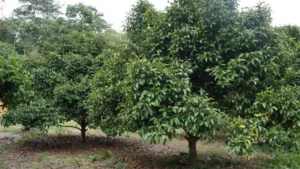
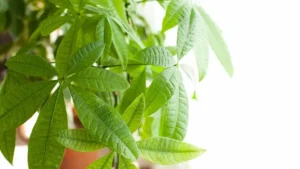
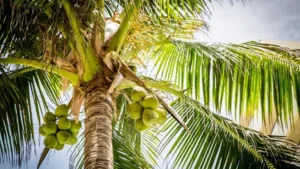
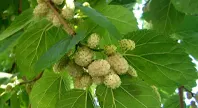
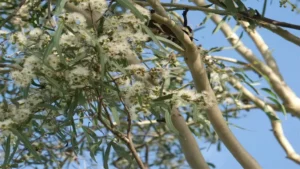
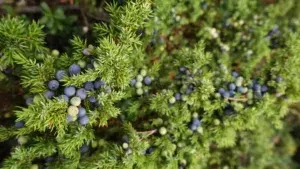

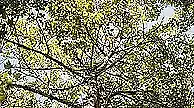
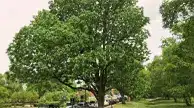
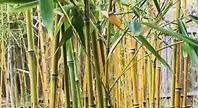

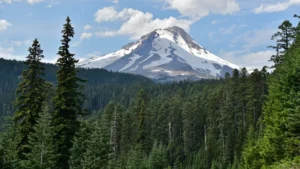
Leave your comment